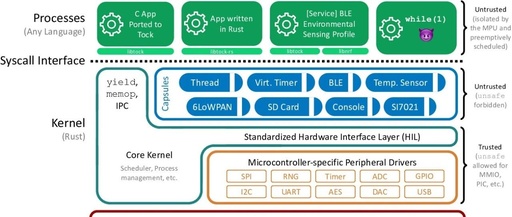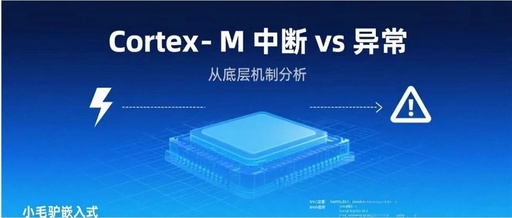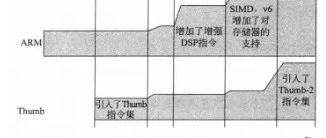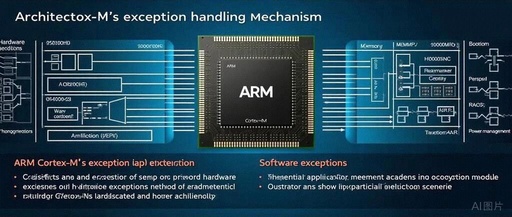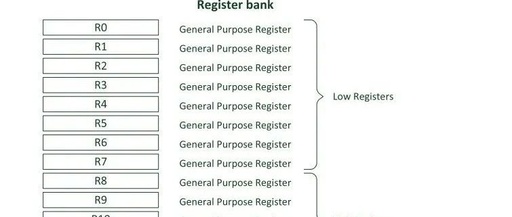Renesas Launches Edge AI MCU with TSMC Manufacturing
Japanese semiconductor giant Renesas Electronics has launched an MCU product for edge AI, enhancing AI performance by up to 30 times, and is manufactured by TSMC using a 22nm process. Renesas announced the availability of the edge AI MCU product RA8P1, which has entered mass production, achieving inference processing performance over 30 times that of … Read more



